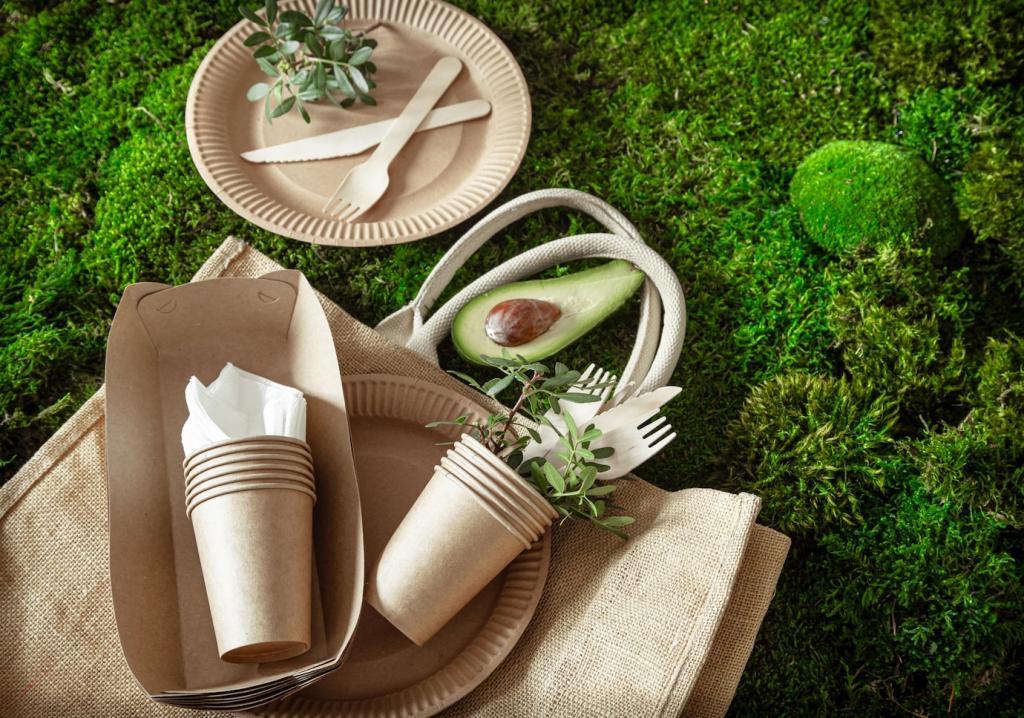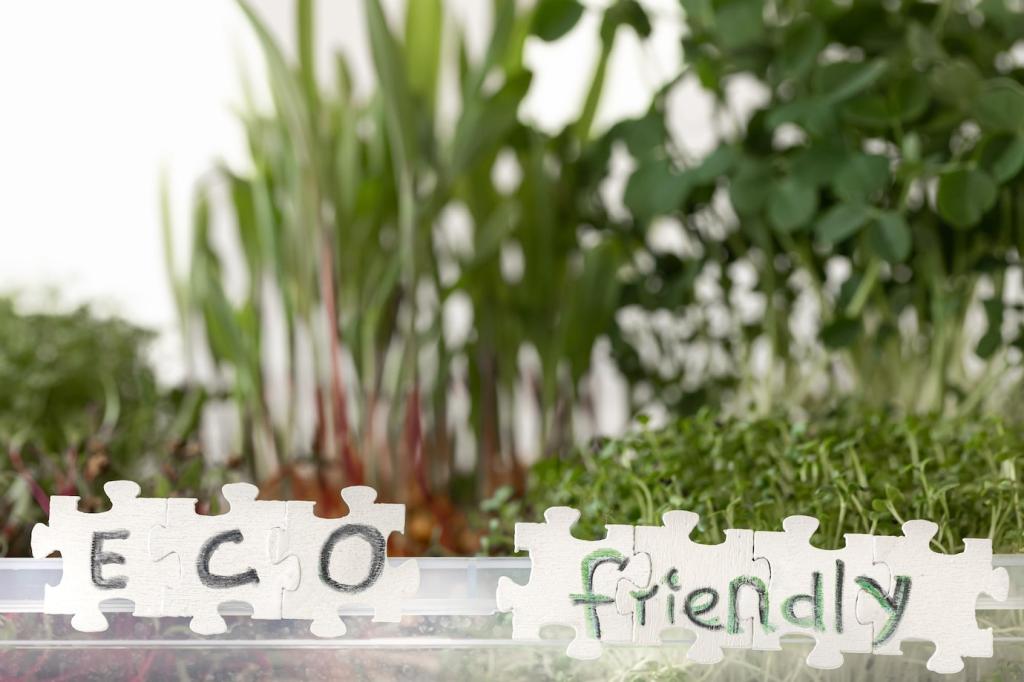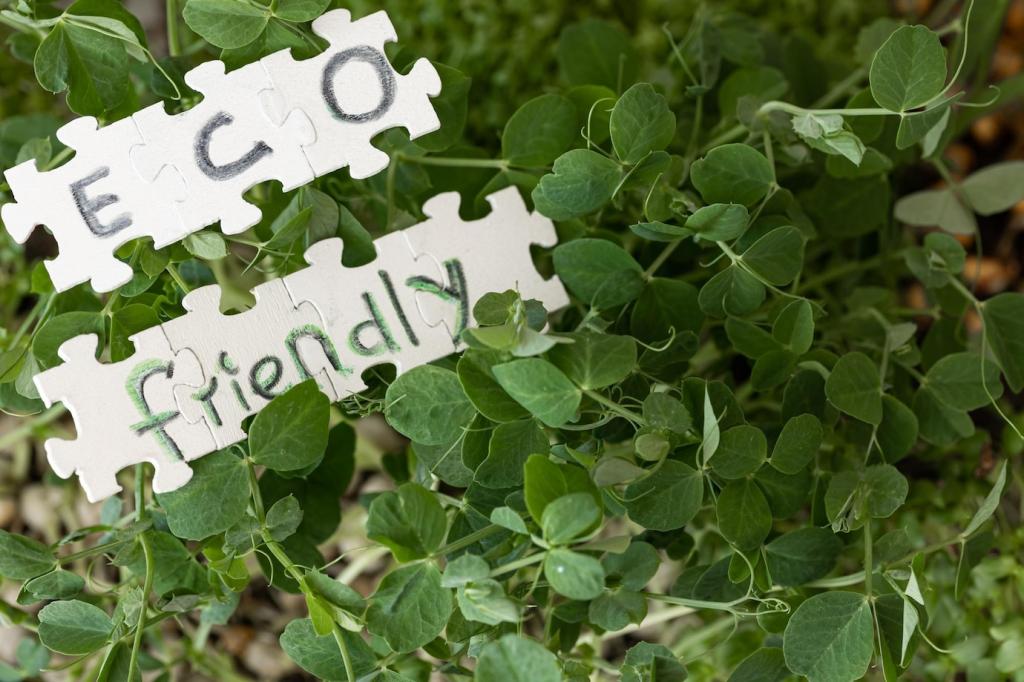Why Organic Care Matters
Conventional cleaners can leave volatile residues that dull finishes and irritate lungs. Plant-based soaps, distilled water, and natural oils clean effectively while honoring wood fibers, fabric weaves, and your breathing space. Tell us how you notice the difference at home.
Why Organic Care Matters
Refillable bottles, biodegradable ingredients, and compostable pads reduce waste with every wipe. Gentle, pH-appropriate solutions help furniture last longer, too, easing demand for new materials. Share your low-waste swaps and inspire someone’s next mindful maintenance ritual today.







